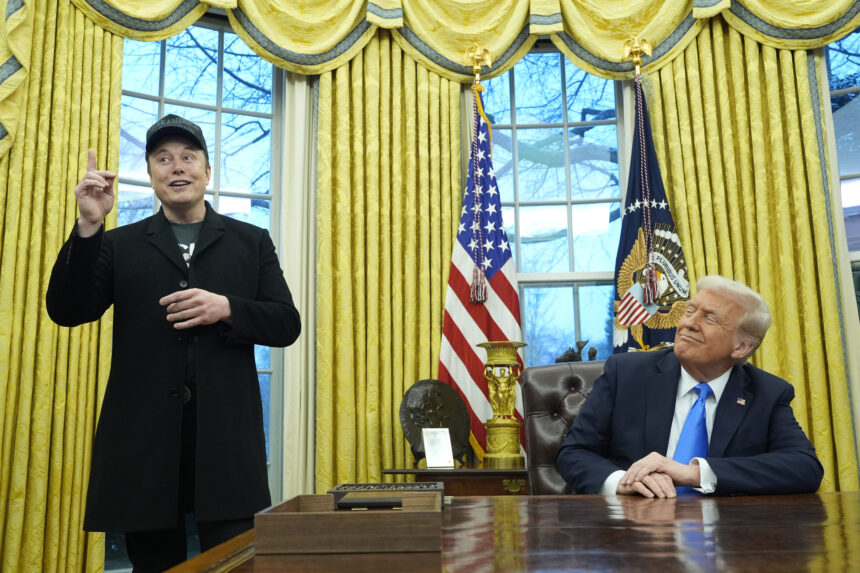The Department of Government Efficiency made a bold move last November by creating its own account on X, a social media platform that has gained immense popularity. With 4 million followers, the department has been sharing updates on contract cancellations and other bureaucratic cuts. Not to be outdone, Elon Musk, the owner of X, has been actively promoting his own voice through an algorithm he controls on the platform.
On the other side of the political spectrum, the Democratic National Committee launched a rapid response account in January with a modest 121,000 followers. Despite efforts to engage through traditional rallies and public appearances, Democrats have struggled to match the online presence of their counterparts. This has left them vulnerable to the flood of messaging from the pro-DOGE camp, which often includes disinformation and conspiracy theories.
Chi Ossé, a Democratic New York City councilman known for his online presence, pointed out the absence of Democratic voices in the online sphere. He emphasized the importance of being active across all mediums to effectively communicate with the public.
The discrepancy in online engagement is evident in the numbers. The DNC’s rapid response account lags significantly behind the Trump White House’s account, while prominent figures like Musk command massive followings. Conservative voices dominate platforms like Spotify and Facebook, leaving Democrats struggling to gain traction.
With the recent losses in the November elections and Donald Trump’s return to the presidency, Democrats find themselves losing the online battle. Experts like John Della Volpe attribute this to the Republicans’ ability to connect with modern American culture through various media channels, a skill that Democrats have yet to master.
Dan Sena, a Democratic strategist, acknowledges the party’s shortcomings in the online space and emphasizes the need for candidates to push back and sharpen their internal communications. Without a cohesive strategy or messaging platform, Democrats risk falling further behind in the digital landscape.
Despite these challenges, some Democrats have managed to break through online. Figures like Alexandria Ocasio-Cortez and Maxwell Frost have successfully engaged with audiences on platforms like X and Instagram. Efforts are being made to improve online engagement, with some Democrats appearing on popular shows and podcasts to reach a wider audience.
In conclusion, the digital divide between Democrats and Republicans remains a significant obstacle for the former. As the political landscape continues to evolve, adapting to the online environment is crucial for Democrats to stay relevant and effectively communicate with voters. Failure to do so could result in being left behind in the fast-paced world of social media and digital communication.








